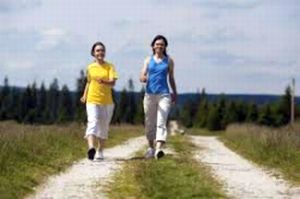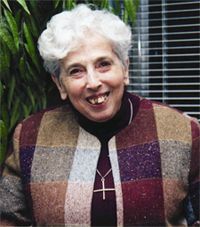NaturalSociety March 30 2014
 Taking a brisk walk just a few times a week could be enough to increase the size of your brain and even help stave off age-related dementia, according to recent research. A new study from researchers with the University of Pittsburgh found those who walked for 40 minutes, three times a week reaped the benefits of a larger hippocampus—the brain’s “memory hub”.
Taking a brisk walk just a few times a week could be enough to increase the size of your brain and even help stave off age-related dementia, according to recent research. A new study from researchers with the University of Pittsburgh found those who walked for 40 minutes, three times a week reaped the benefits of a larger hippocampus—the brain’s “memory hub”.
“You don’t need highly vigorous physical activity to see these effects,” explained Dr. Kirk Ericson, lead researcher. “This may sound like a modest amount, but it’s like reversing the age clock by a couple of years.”
Previous research has associated walking in nature with a decreased risk of depression, prostate cancer, heart disease, diabetes, and more.
For the 120 participants aged 55 to 80 in this latest study, 40-minute walks three times a week resulted in hippocampus growth of up to 2 percent after one year. Another group, assigned to daily stretching exercises actually saw hippocampus shrinkage of 1.5 percent, coinciding with the natural age-related shrinkage that occurs in the brain. Continue reading

